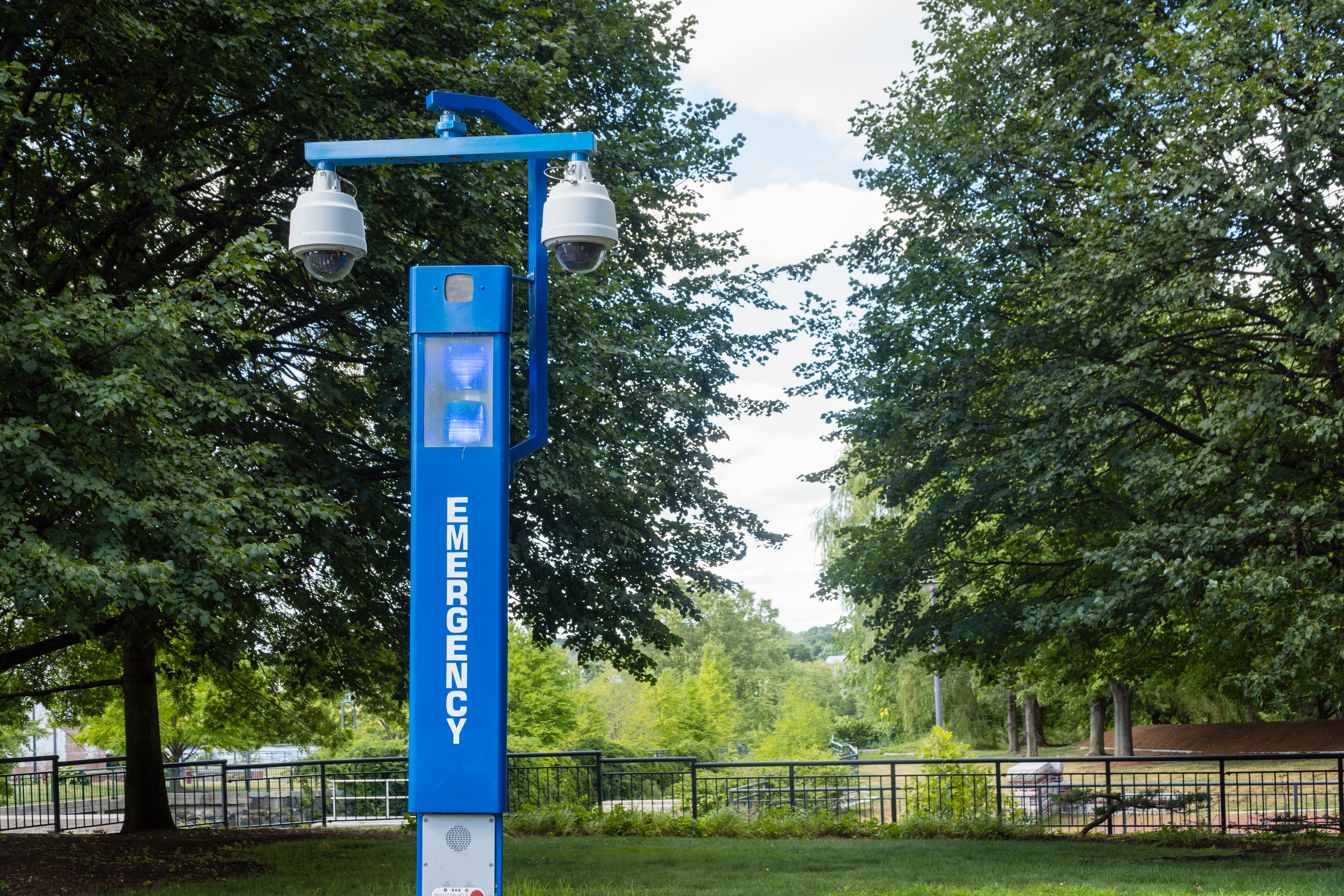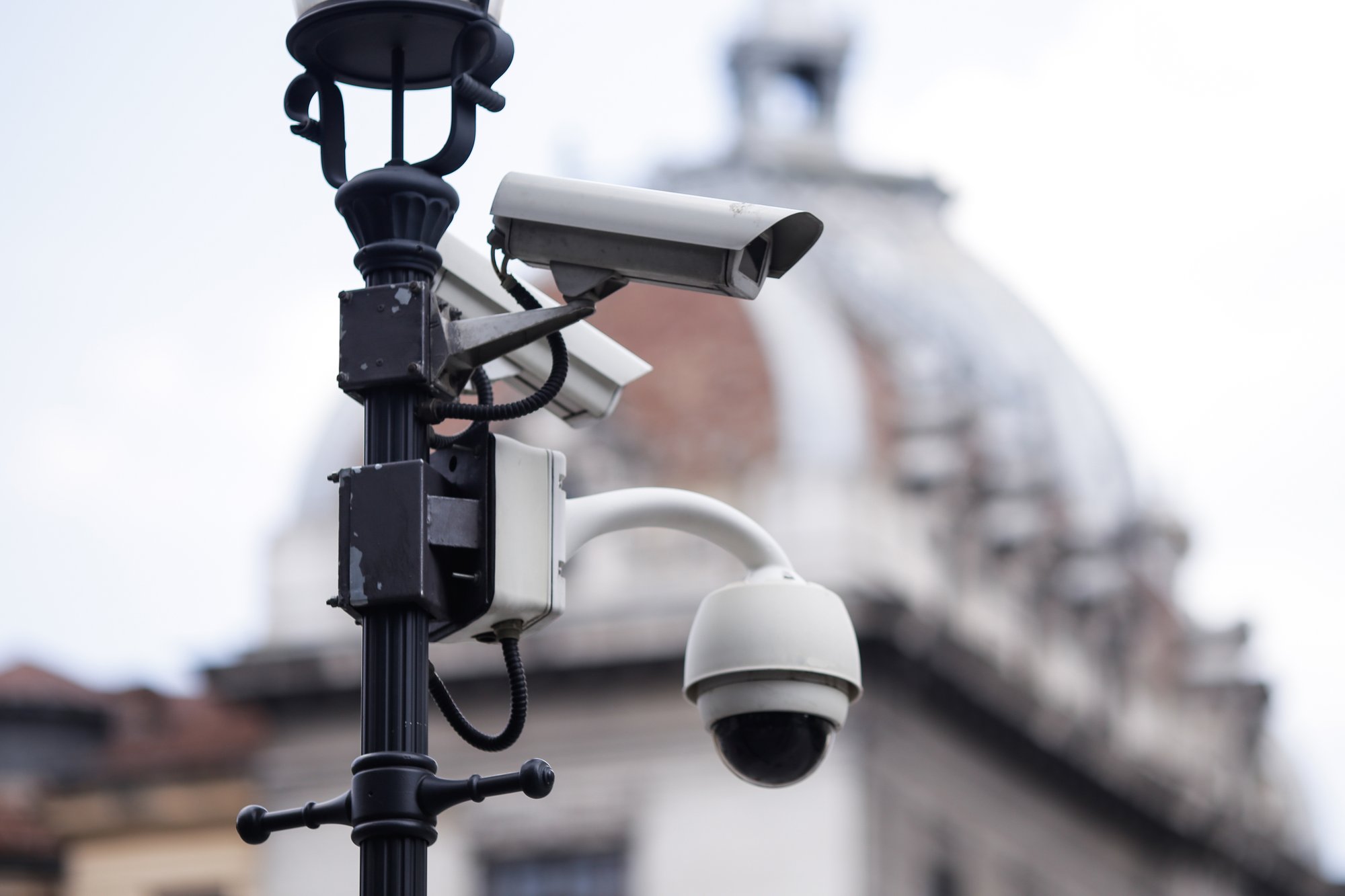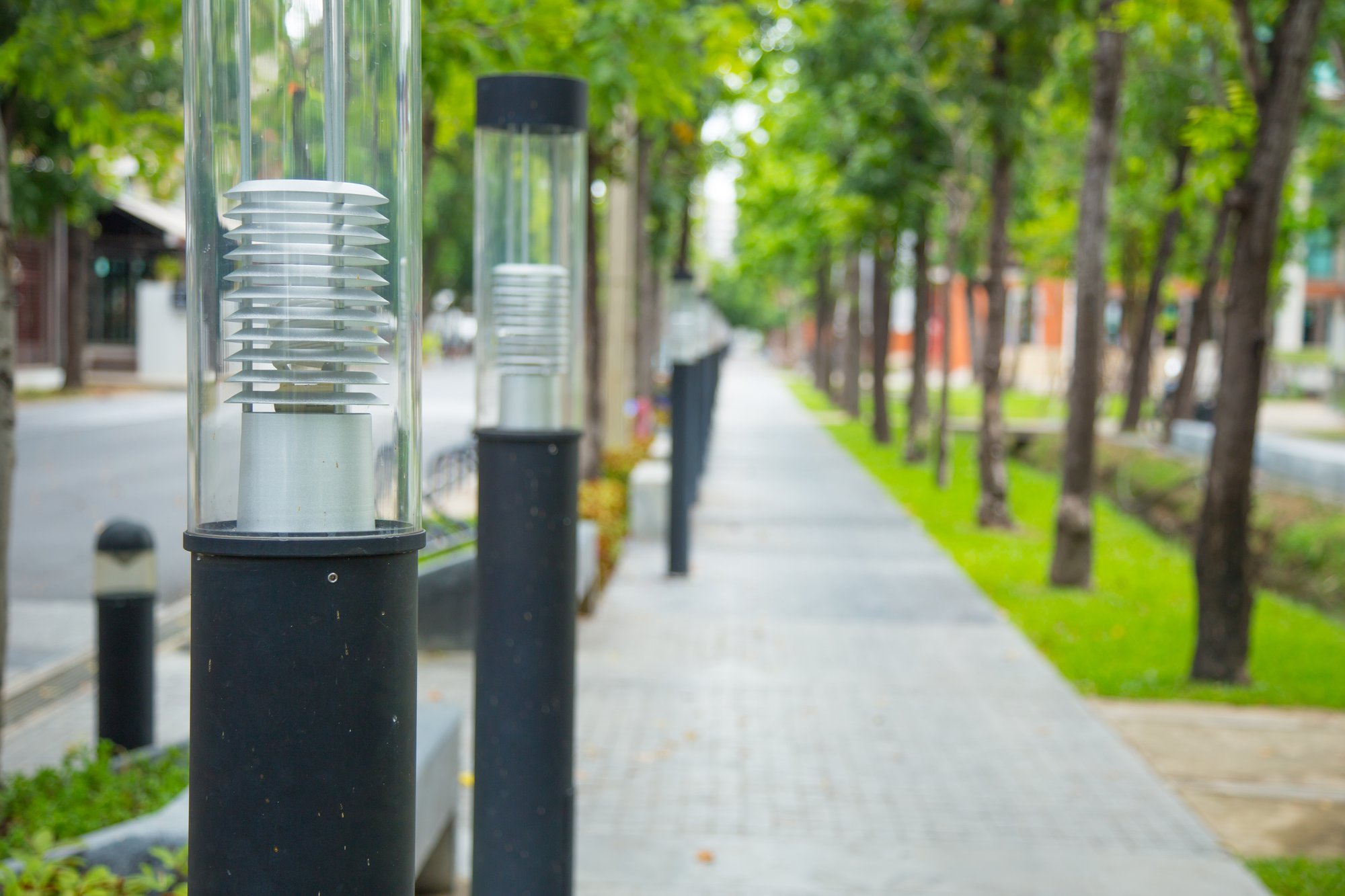
An E&I 2-Minute Read
6 Questions Before a Campus Security Risk Assessment
2025
What is a campus security risk assessment? What steps does it involve?
The needs of a campus to keep facilities secure is ongoing, the process never really ends. Security solutions on campus are not one-size-fits-all, each situation is unique. Your campus may already have some installed security cameras and systems, but those may not meet current protection best practices. When facilities managers look to improve campus security, they take basic steps to identify the most concerning threats and look for security and equipment gaps. Often times experts are consulted to do a full inspection of your property to find vulnerabilities.

1) Does Campus have the Right Cameras and Surveillance?
Facilities, student affairs, or campus security teams may want to make sure existing security equipment is fully operational, and optimized to fit your campus needs. Mounted surveillance in high places can provide 24/7 digital video monitoring and intelligent situational analysis. In preparing risk assessments, check for blind spots in coverage. Cameras on campus can help deter crime on campus, from larceny, assault, to vandalism. They also help with incident resolution, since most inter-student conflicts include two opposing accounts of an incident. Footage can help tell the correct story, identify suspects, and ensure proper school conduct. When shopping for campus cameras, you'll think through which can quickly find and share footage, offer easier user experiences, and low-bandwidth consumption.
2) Are Physical Barriers in the Right Places?
To reduce the risk of harm on campus, you may need the right physical barriers to forced entry in place (in the right places). A threat assessment helps facilities and student affairs leaders identify where physical security can be improved, specifically to minimize the impacts of an active shooter scenario. For example, modern classrooms are full of large glass windows, that are not helpful in protecting students and faculty inside classrooms. They also do nothing to deter or prevent a forced entry during an incident. A security expert who conducts a physical risk evaluation will be able to provide recommendations on how to reinforce, or change out, these vulnerable glass surfaces with bullet resistant windows or glazing to stop threats.

You have an E&I contract with Grainger
With your E&I membership, your institution has a contract with Grainger Industrial Supply. Your special pricing includes fire safety, smoke barriers, safety outdoor lighting, detectors and scanners, chemical spill remediation, respiratory equipment, traffic safety, alarms, gas detection, and many other security, safety and rescue supplies.
Learn more about your E&I contract with Grainger Industrial Supply.

3) Have You Identified Threats and Considered Environmental Factors?
When thinking through a campus security assessment, consider all risks and prioritize them by likelihood of occurrence and total damage. Assessments could include physical hazards, chemicals, equipment that could cause injury, and areas susceptible to severe weather. A risk assessment could categorize risks as high, medium, or low. For example, a building that stores hazardous chemicals or natural gas might be considered a high risk facility. Natural elements like landscaping or topography could impact your campus security. Make sure trees, bushes and pathways are well-maintained so cameras can see and there are few hiding spots.
4) Does My Campus have the Optimal Lighting and Emergency Technologies?
Campus maintenance goes much beyond simply maintaining the infrastructure. It includes the freedom to roam on campus with a sense of security. It improves safety and promotes a pleasant environment. Well-lit pathways deter potential criminal activities, drugs, bullying, or alcohol related incidents. It gives a sense of freedom to students to roam around freely in the campus area. With improved exterior lighting, many recreational activities can take place in the evening, students can go to student centers or recreation facilities, plus on-campus activities are safer.
You also may want to install emergency phones to immediately connect callers with emergency services. Lights work as a backup to draw law enforcement to the location of a phone. These are useful in fire or medical emergencies, crimes in progress, accidents, or reporting suspicious behavior.
5) Are We Preparing for Emergency Scenarios?
After assessing equipment needs and risk factors for physical structures, think through operational procedures to help protect students and faculty. A risk mitigation or emergency plan checklist should be built to use to regularly inspect facilities and prepare for future emergency scenarios. This could include testing required building alarms, confirming emergency procedures are up-to-date, buying new PPE, or installing backup generators for security systems. Besides just regular scenario preparations, you may also want to conduct risk assessments when workflows change, new processes are added, when equipment is replaced, or when new staff are employed.

Why Members Work With E&I?
6,000+
U.S. member institutions, universities, and K-12
200+
Member solicited buying
contracts you can access
$3B+
Yearly spend of E&I members
means large savings for you

Key Trends in Higher Education Procurement for 2024
The National Association of Educational Procurement (NAEP) surveyed chief procurement officers, chief business officers, and higher education procurement managers or directors about their top focus areas. Budgets are shrinking, and educational institutions are forced to examine cost-cutting measures wherever possible. With budget deficits, enrollment decline, and an end to pandemic relief funds, many schools are cutting programs and services. Procurement teams are under pressure to reduce costs. This E&I article discusses a few key trends, and ways education procurement is evolving in 2024.

